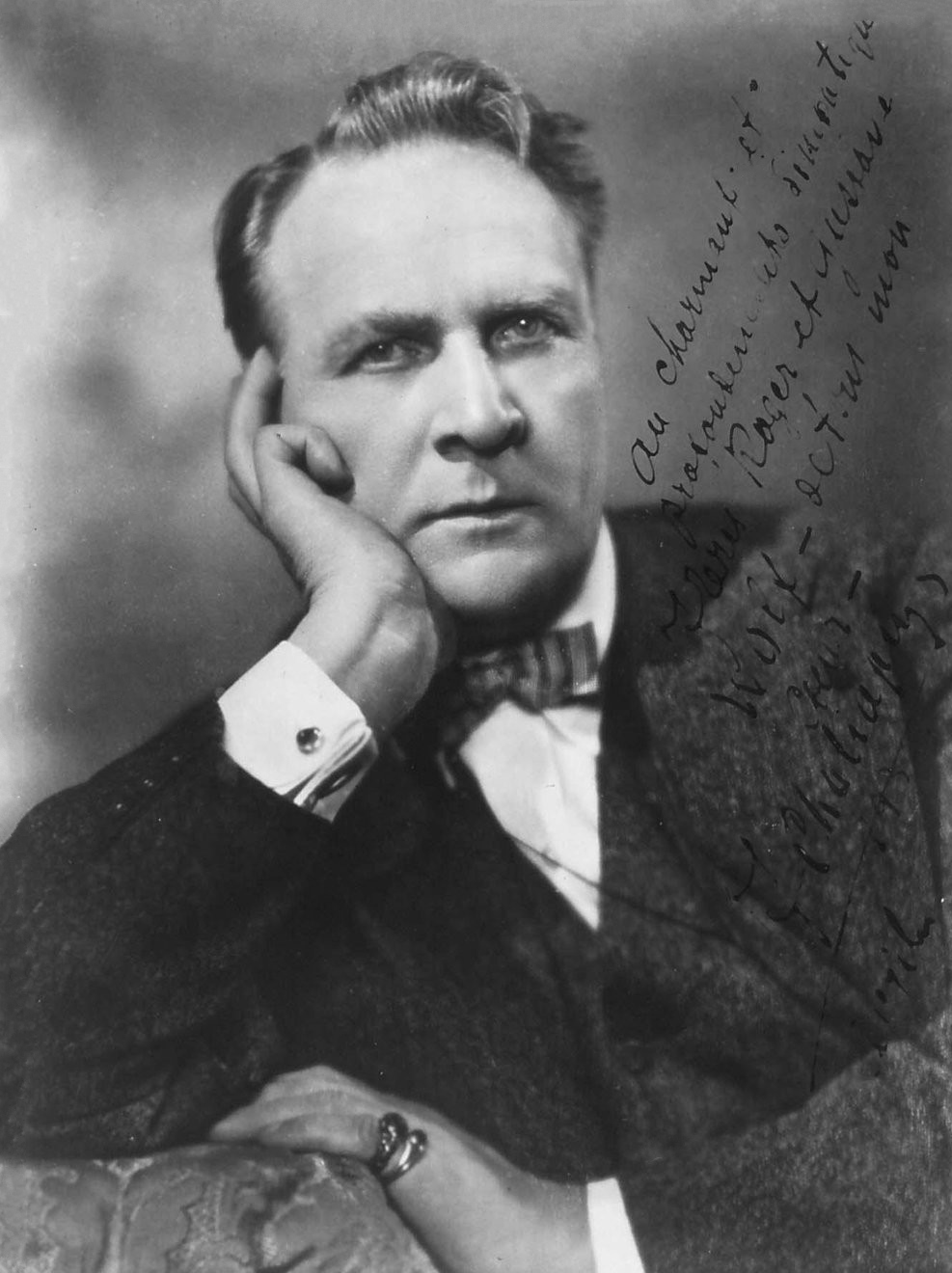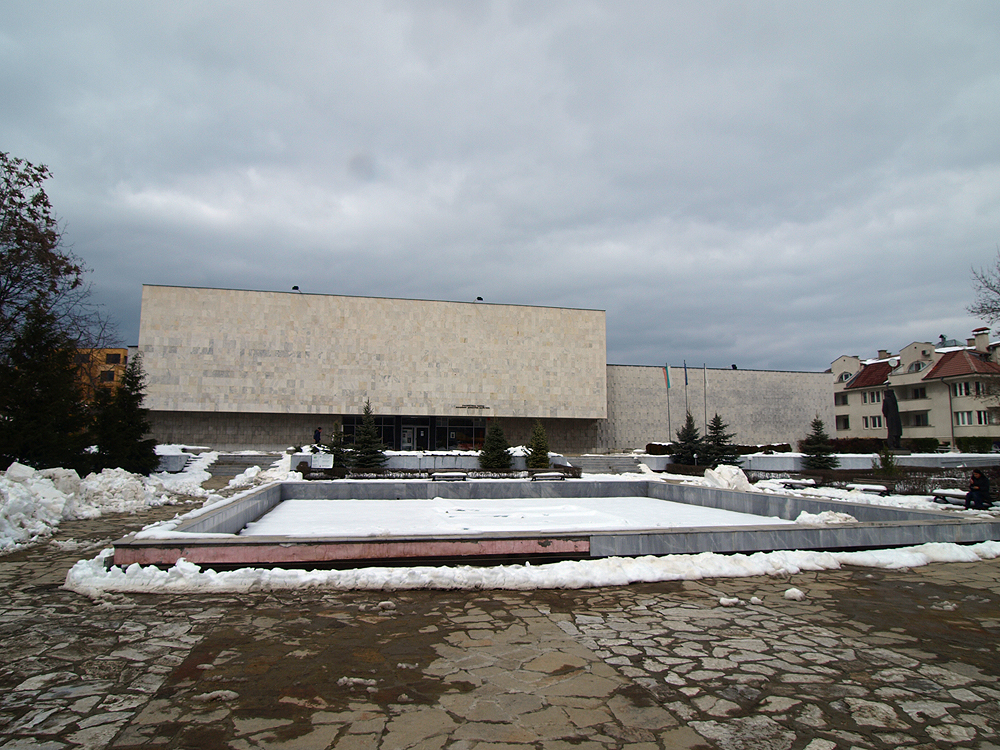|
Central Military Club
The Central Military Club ( bg, Централен военен клуб, ''Tsentralen voenen klub'') is a multi-purpose monument of culture building in the centre of Sofia, the capital of Bulgaria, located on Tsar Osvoboditel Boulevard and Georgi Rakovski Street. It serves the Bulgarian Army and is administered by the Executive Agency of Military Clubs and Information. The 2010 world chess championship match between Viswanathan Anand of India and Vaselin Topalov of Bulgaria was held in this building that was won by Viswanathan Anand. The foundation stone of the edifice was laid in 1895. The Military Club was designed by Czech architect Antonín Kolář in the Neo-Renaissance style and finished by Bulgarian architect Nikola Lazarov in 1907. The lot and the funding was provided by the Sofia Officers' Assembly. A stone from the battlefield at Slivnitsa from the Serbo-Bulgarian War (1885-1886) was laid in the foundations. The building has three stories and features a coffeehouse, a ... [...More Info...] [...Related Items...] OR: [Wikipedia] [Google] [Baidu] |
Military Club - Sofia
A military, also known collectively as armed forces, is a heavily armed, highly organized force primarily intended for warfare. It is typically authorized and maintained by a sovereign state, with its members identifiable by their distinct military uniform. It may consist of one or more military branches such as an army, navy, air force, space force, marines, or coast guard. The main task of the military is usually defined as defence of the state and its interests against external armed threats. In broad usage, the terms ''armed forces'' and ''military'' are often treated as synonymous, although in technical usage a distinction is sometimes made in which a country's armed forces may include both its military and other paramilitary forces. There are various forms of irregular military forces, not belonging to a recognized state; though they share many attributes with regular military forces, they are less often referred to as simply ''military''. A nation's milit ... [...More Info...] [...Related Items...] OR: [Wikipedia] [Google] [Baidu] |
Jaroslav Věšín
Jaroslav František Julius Věšín ( bg, Ярослав Вешин, ''Yaroslav Veshin''; 23 May 1860 – 9 May 1915) was a Czech painter who mainly worked in Bulgaria and who was noted as a master of genre painting. The realistic depiction of battle scenes from the First Balkan War (1912) are the subject of a substantial part of his work. Life Věšín was born in the town of Vraný in what is today Kladno District of the Central Bohemian Region. He studied at the Academy of Fine Arts in Prague, but moved to the Academy of Fine Arts Munich in 1881 and graduated in 1883. Afterwards he worked in Munich and in Slovakia, with his paintings of the period mainly related to Slovak village life. Věšín arrived in Bulgaria in 1897 and remained there for the remainder of his life. Until 1904, he was a professor at the National Academy of Fine Arts in Sofia and mainly worked in the area of genre painting, with notable paintings such as ''Threshing near Radomir'' (1897), ''Ploughm ... [...More Info...] [...Related Items...] OR: [Wikipedia] [Google] [Baidu] |
Culture In Sofia
Culture () is an umbrella term which encompasses the social behavior, institutions, and norms found in human societies, as well as the knowledge, beliefs, arts, laws, customs, capabilities, and habits of the individuals in these groups.Tylor, Edward. (1871). Primitive Culture. Vol 1. New York: J.P. Putnam's Son Culture is often originated from or attributed to a specific region or location. Humans acquire culture through the learning processes of enculturation and socialization, which is shown by the diversity of cultures across societies. A cultural norm codifies acceptable conduct in society; it serves as a guideline for behavior, dress, language, and demeanor in a situation, which serves as a template for expectations in a social group. Accepting only a monoculture in a social group can bear risks, just as a single species can wither in the face of environmental change, for lack of functional responses to the change. Thus in military culture, valor is counted a typica ... [...More Info...] [...Related Items...] OR: [Wikipedia] [Google] [Baidu] |
Tourist Attractions In Sofia ...
Sofiaand to 's tourist attractions include: Churches Other places of worship Museums and galleries Education and sciences Miscellaneous places of culture Administrative places Tombs and monuments Shopping malls Gardens and parks Other places of interest {{DEFAULTSORT:Tourist Attractions In Sofia Sofia Sofia ( ; bg, София, Sofiya, ) is the capital and largest city of Bulgaria. It is situated in the Sofia Valley at the foot of the Vitosha mountain in the western parts of the country. The city is built west of the Iskar river, and ha ... [...More Info...] [...Related Items...] OR: [Wikipedia] [Google] [Baidu] |
Military Of Bulgaria
The Bulgarian Army ( bg, Българска армия, Bŭlgarska armiya) is the military of Bulgaria. The commander-in-chief is the president of Bulgaria. The Ministry of Defense is responsible for political leadership, while overall military command is in the hands of the Defense Staff, headed by the Chief of the Defense. There are three main branches of the Bulgarian military, named literally the Land Forces, the Air Forces and the Naval Forces (the term "Bulgarian Army" refers to them encompassed all together). Throughout history, the Army has played a major role in defending the country's sovereignty. Only several years after its inception in 1878, Bulgaria became a regional military power and was involved in several major wars – Serbo-Bulgarian War (1885), First Balkan War (1912–13), Second Balkan War (1913), First World War (1915–1918) and Second World War (1941–1945), during which the Army gained considerable combat experience. During the Cold War, the People's ... [...More Info...] [...Related Items...] OR: [Wikipedia] [Google] [Baidu] |
Ladytron
Ladytron are a largely British electronic band formed in Liverpool in 1999. The group consists of Helen Marnie (lead vocals, synthesizers), Mira Aroyo (vocals, synthesizers), Daniel Hunt (synthesizers, guitar, vocals), and Reuben Wu (synthesizers). They have released six studio albums: ''604'' (2001), ''Light & Magic'' (2002), ''Witching Hour'' (2005), ''Velocifero'' (2008), ''Gravity the Seducer'' (2011) and ''Ladytron'' (2019) - the seventh, ''Time's Arrow'' is due in January 2023. They also issued the live album '' Live at London Astoria 16.07.08'' in 2009 and the compilation album ''Best of 00–10'' in 2011. They have produced remixes for artists such as David Gahan, Erasure, Goldfrapp, Apoptygma Berzerk, Placebo, Blondie, Gang of Four, Christina Aguilera, Nine Inch Nails, Bloc Party, Kings of Convenience, Soulwax and Róisín Murphy. The band's name was taken from the song "Ladytron" by Roxy Music. Former Roxy Music member Brian Eno said in 2009, "Ladytron are, for me, ... [...More Info...] [...Related Items...] OR: [Wikipedia] [Google] [Baidu] |
Boris Christoff
Boris Christoff ( bg, Борис Кирилов Христов, Boris Kirilov Hristov, ; 18 May 1914 – 28 June 1993) was a Bulgarian opera singer, widely considered one of the greatest basses of the 20th century. Early life He was born in Plovdiv on 18 May 1914 to parents Kyryl Christov and Rayna Teodorova. Boris Christoff demonstrated early his singing talent and sang as a boy at the choir of the Alexander Nevsky Cathedral, Sofia. His father had been a very popular cantor at Resen, attracting the faithful to the Bulgarian Exarchist church where he was chanting. In the late 1930s he graduated in law and started a career as a magistrate. He continued singing in his spare time in the Gusla Chorus in Sofia, achieving an enormous success as the chorus soloist in 1940. Thanks to a government grant, Christoff left in May 1942 for Italy where he was tutored for two years in the core Italian bass repertoire by the great baritone of an earlier generation, Riccardo Stracciari. ... [...More Info...] [...Related Items...] OR: [Wikipedia] [Google] [Baidu] |
Feodor Chaliapin
Feodor Ivanovich Chaliapin ( rus, Фёдор Ива́нович Шаля́пин, Fyodor Ivanovich Shalyapin, ˈfʲɵdər ɪˈvanəvʲɪtɕ ʂɐˈlʲapʲɪn}; April 12, 1938) was a Russian opera singer. Possessing a deep and expressive bass voice, he enjoyed an important international career at major opera houses and is often credited with establishing the tradition of naturalistic acting in his chosen art form. During the first phase of his career, Chaliapin endured direct competition from three other great basses: the powerful (1869–1942), the more lyrical (1871–1948), and Dmitri Buchtoyarov (1866–1918), whose voice was intermediate between those of Sibiriakov and Kastorsky. The fact that Chaliapin is far and away the best remembered of this magnificent quartet of rival basses is a testament to the power of his personality, the acuteness of his musical interpretations, and the vividness of his performances. Spelling note He himself spelled his surname, French-style ... [...More Info...] [...Related Items...] OR: [Wikipedia] [Google] [Baidu] |
Nicolai Ghiaurov
Nicolai Ghiaurov (or ''Nikolai Gjaurov'', ''Nikolay Gyaurov'', bg, Николай Гяуров) (September 13, 1929 – June 2, 2004) was a Bulgarian opera singer and one of the most famous basses of the postwar period. He was admired for his powerful, sumptuous voice, and was particularly associated with roles of Mussorgsky and Verdi. Ghiaurov married the Bulgarian pianist Zlatina Mishakova in 1956 and Italian soprano Mirella Freni in 1978, and the two singers frequently performed together. They lived in Modena until Ghiaurov's death in 2004 of a heart attack. Biography Ghiaurov was born in the small mountain town of Velingrad in southern Bulgaria. As a child, he learned to play the violin, piano and clarinet. He began his musical studies at the Bulgarian State Conservatory in 1949 where he studied under Prof. Cristo Brambarov. Ghiaurov was awarded a state scholarship and from 1950 until 1955 he studied at the Moscow Conservatory. Ghiaurov's career was launched in 1955 ... [...More Info...] [...Related Items...] OR: [Wikipedia] [Google] [Baidu] |
Vladimir Dimitrov
Vladimir Dimitrov — Maystora ( bg, Владимир Димитров — Майстора) (1 February 1882 – 29 September 1960), was a Bulgarians, Bulgarian Painting, painter, draughtsman and teacher. He is considered one of the most talented 20th century Bulgarian painters and probably the most remarkable stylist in Bulgarian painting in the post-Russo-Turkish War, 1877–1878, Russo-Turkish War era. His portraits and compositions have expressive and vivid color, idealistic quality of the image, profound symbolic strength and originality. The main topic which he explores is the relation between man and nature. Although he does not consider himself religious, he regards Nature as governed by a supreme spirit; he shares that the main purpose of his paintings is to elevate man and humanity, to bring it closer to harmony, represented by this omnipresent spirit. Life and work Vladimir Dimitrov was born in Frolosh, near Kyustendil and started his career as a clerk. ... [...More Info...] [...Related Items...] OR: [Wikipedia] [Google] [Baidu] |
Sofia
Sofia ( ; bg, София, Sofiya, ) is the capital and largest city of Bulgaria. It is situated in the Sofia Valley at the foot of the Vitosha mountain in the western parts of the country. The city is built west of the Iskar river, and has many mineral springs, such as the Sofia Central Mineral Baths. It has a humid continental climate. Being in the centre of the Balkans, it is midway between the Black Sea and the Adriatic Sea, and closest to the Aegean Sea. Known as Serdica in Antiquity and Sredets in the Middle Ages, Sofia has been an area of human habitation since at least 7000 BC. The recorded history of the city begins with the attestation of the conquest of Serdica by the Roman Republic in 29 BC from the Celtic tribe Serdi. During the decline of the Roman Empire, the city was raided by Huns, Visigoths, Avars and Slavs. In 809, Serdica was incorporated into the Bulgarian Empire by Khan Krum and became known as Sredets. In 1018, the Byzantines ended Bulgarian rule ... [...More Info...] [...Related Items...] OR: [Wikipedia] [Google] [Baidu] |








